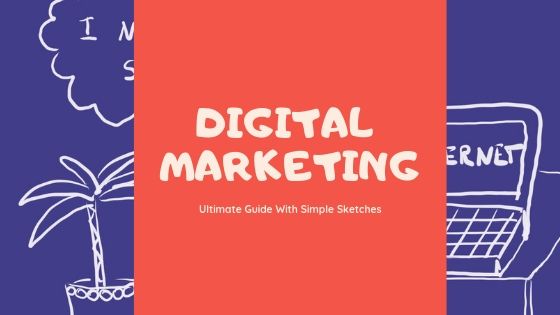
Despite conventional wisdom, the web development life cycle outsteps coding. Read on to learn what stages you need to go through before launching a website.
The overall number of steps usually varies from five to eight, but the whole picture stays pretty much the same. In this article, we outline The Loupe’s version of a process comprised of 7 phases within the web development life cycle. This process can be used by anyone, regardless of who you hire to design the website. Understanding the basics of this methodology will allow you to check whether everything flows as it should.
Stage 1. Research

This is the most important phase, as it determines what all the following steps of web development will look like. It involves a clear understanding of the goals you wish to achieve, the target audience you hope to attract, etc. These areas should be clarified in a website brief, which covers the type, purpose and functionality of the future website. Is it going to provide information, promote a service, or sell a product? Who is the “ideal” visitor to your website? Answering these questions can prevent you from expensive retroactive design changes or having to add extra functionality once you’ve gone live with your website. (Read more about it in our "Ultimate Guide to Digital Marketing")
You will need:
-
a website design brief
-
technical specifications
-
content (texts, photos, translations)
-
Corporate Identity Manual (Brand Style Guide)
If you do not have a website design brief, The Loupe is happy to help you create it.
Note that complex projects also require technical specifications. These specifications can be set by either by you, the client, or our web studio. At this point, you can provide us with content (texts, photos, translations) and the Corporate Identity Manual (Brand Style Guide). We can work with you to develop these elements if they don’t already exist.
Stage 2. Planning

Now that we have all the necessary information, it is time to develop a sitemap. This serves as a guide to topics and sub-topics on the website and helps us determine how usable and easy-to-navigate the final product will be. Though the sitemap shows the inner structure of the website, it does not describe the user interface. Therefore, the UI/UX designer follows our best practices to create a mock-up for each type of devices (desktop, smartphone, and tablet). It is a visual representation of the user interface, which indicates the elements that will be added and their location.
During the planning phase of web development life cycle, we also discuss what programming language, content management system (CMS), interactive forms and frameworks should be implemented. Selecting a proper technology stack is crucial for a smooth user experience.
Stage 3. Web Design

At this point, your platform takes shape. We create a website layout, which is either a graphic sketch or an actual graphic design. It contains colors, logos, images and demonstrates the basic functional. The layout’s primary purpose is to visualize the content and informational structure of the website. The key factor taken into consideration is the target audience. A website developed for a financial institution will differ from the one aimed at millenials in both look and feel.
Once the layout has been developed, you gets the opportunity to give feedback. According to our UI/UX design expert, customers often find it difficult to tell a good web design from a bad one at first glance. Though many people believe that the key factor is ‘cool’ graphics, the most attractive websites are not necessarily effective. That’s why Roman recommends to focus on usability, paired with beauty.
Our online marketing expert, states that good web design is one that contributes to an absorbing user experience, which can be measured by various performance metrics. Most importantly, it should align with the original goals you set for your website.
Tetyana Karpenko-Duebbers, expert on computer mediated interaction, CEO at The Loupe, puts special emphasis on the intuitive interface. She explains that a website should be easy to navigate, otherwise users will get lost in pictures, menus and options. In addition, web design must be target-oriented, which usually implies multilinguality. According to Tetyana, it might be a challenge for inexperienced web designers, but a multilingual website is still a must for any business that hopes to withstand competition.
At this stage, the website design matches your expectations seamlessly thanks to our robust planning phase. If for any reason, something is out of sync with the ultimate goals, we return to the first stage and repeat the web development lifecycle until you are completely satisfied.
Stage 4. Coding

In this development stage, our programmers convert the graphic elements designed for the prototype into an actual website. As a rule, they start from the home page and then work their way toward interior pages, according to the sitemap’s hierarchy. It is here that we make HTML markup for desktop and mobile devices, integrate or develop a content management system (CMS), add special features (e.g., shopping carts, payment solutions, interactive contact forms, etc.). These maximize functionality and accessibility for the target audience.
The Loupe specializes in creating websites with custom design, tailor-made for business owners who do not intend to learn how to code or to have a programmer on staff. The developers build all the front-end code from scratch, and then customize it to one of the open source CMS, empowering the website with the very features and plug-ins a particular business needs.
Here are some examples of our work:
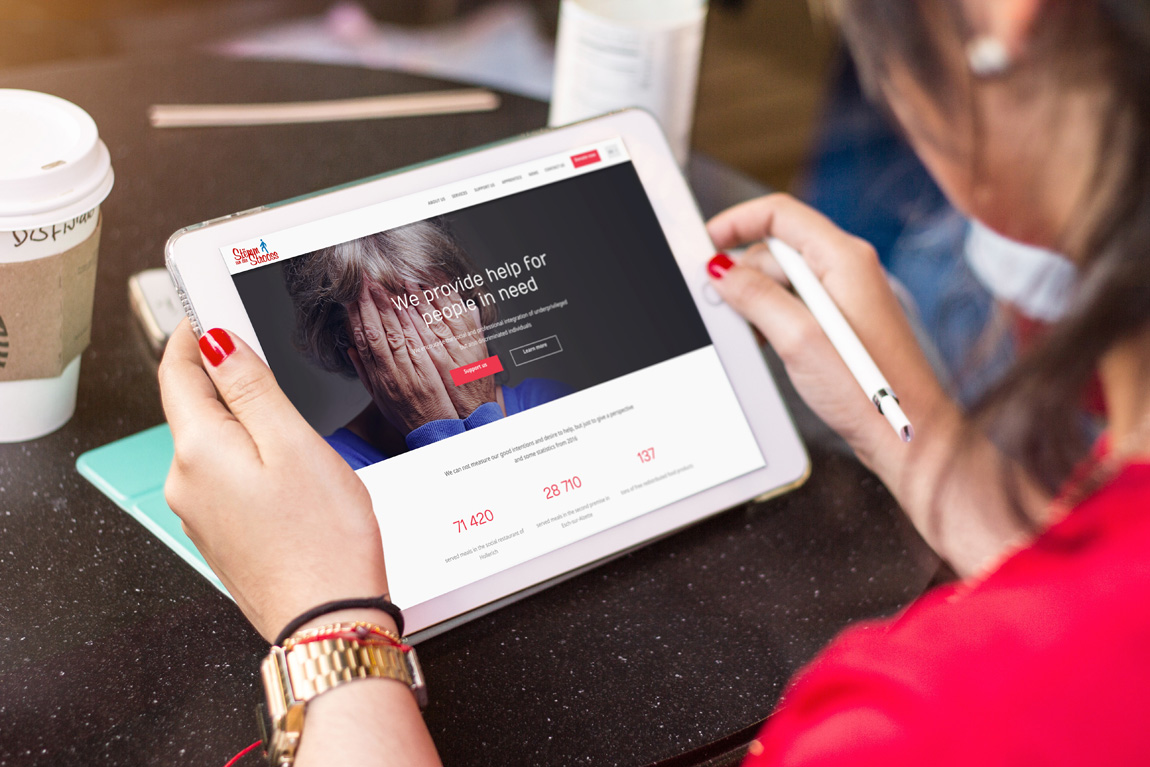
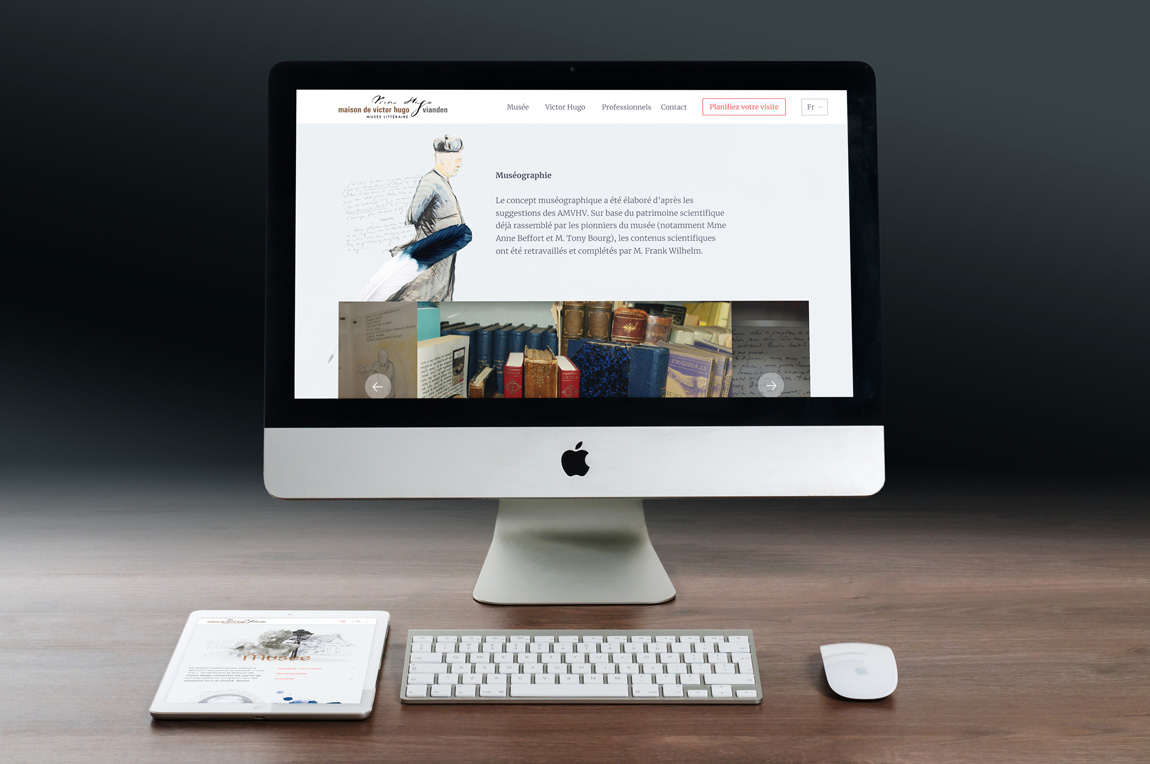
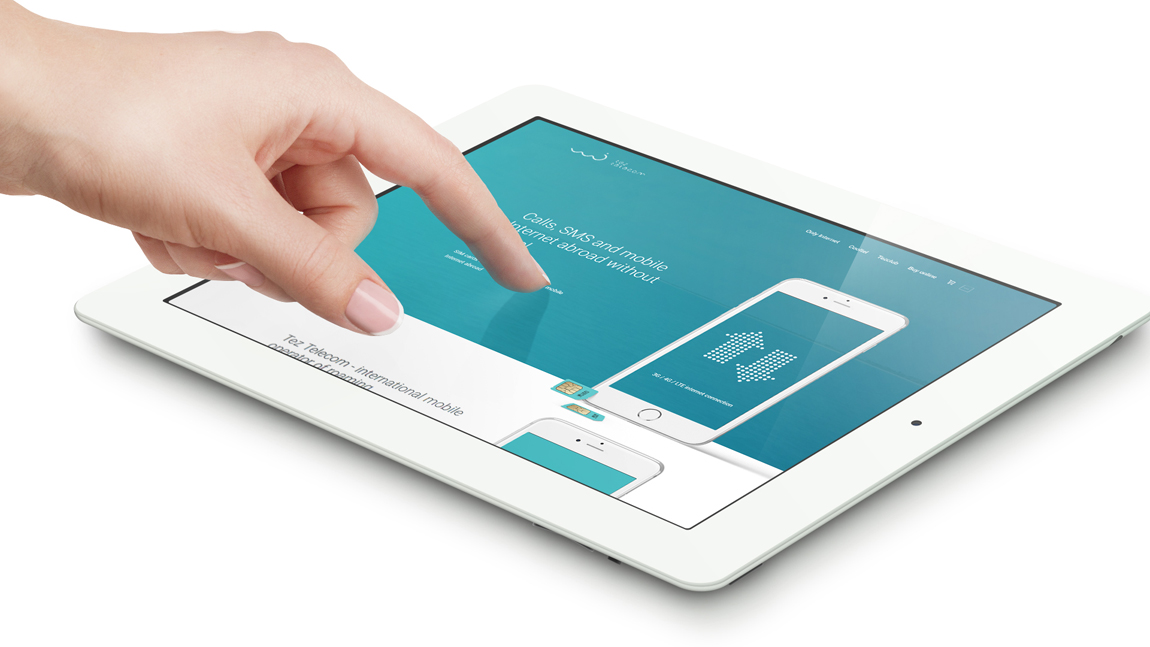
“Understanding of customer needs, high flexibility, proactive problems solving, pro-consumer approach, great service.”
Maciej Karczewski, Ancien Cinéma Café-Club
“It is a super job; the website is easy to manage. I think even my dog would be able to get it immediately and to put two photos online! I think with a website like this one has a good mind to make photos and share them.”
Veiner Photoclub
The choice of the CMS depends on the type of website we are developing: WordPress is optimal for blogs, OpenCart – for online stores, Drupal – for business card websites, etc.
Learn which CMS is better for your site here.
Since our clients are interested in top search-engine rankings, The Loupe programmers focus on high quality code, fast loading and mobile optimization. The latter is especially important, because search engines favor mobile friendliness and «punish» those who fail to provide it. Even if your link profile is flawless and you are constantly updating your website, the search engine will still put mobile-friendly sites ahead of it.
If you still doubt that mobile optimization is a must, click here.
Stage 5. Testing & Review
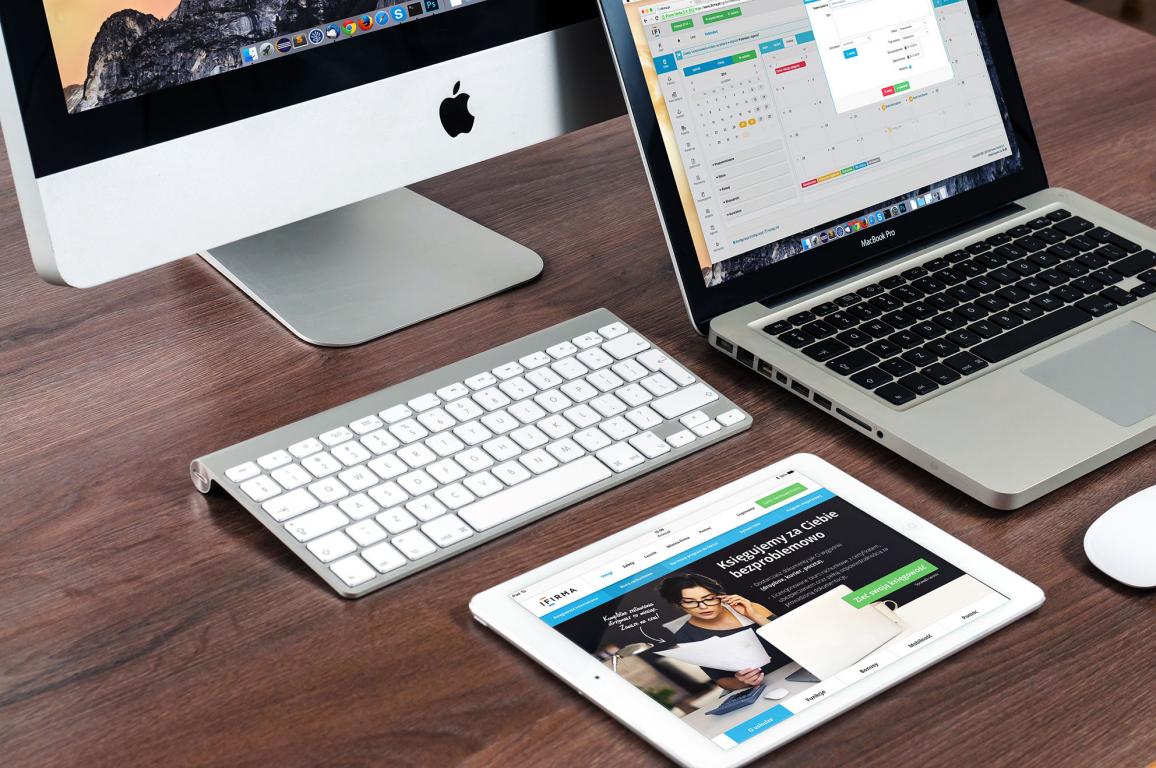
After it is all done, The Loupe checks and re-checks every single link to ensure each one works. Testing all browsers and mobile devices ensures your website is cross-platform compatible. The highest priority task is to grant complete functionality of forms and scripts, regardless of the way the website is viewed.
Testing is followed by demonstration via our hosting. The client has five days to approve the website. If the client wants to change the final design, we get back to coding and make adjustments.
Stage 6. Delivery & Launch
Once approved, The Loupe delivers the website to your server. This can be done in three different ways:
a) you provide us with access to your hosting and domain registration and we do all the work to launch your website;
b) you grant us access to a subdomain created on your website, we deliver the website, but it is your specialists who transmit it to the main domain and launch;
c) we send you an archive file with all data, and your specialists launch the website.
The final step is making the website viewable to the public. You can launch it yourself or entrust this task to The Loupe.
If you already have a website, but your business has outgrown it, you might consider relaunching. This involves changing the overall look and structure of your website. A website relaunch makes it more visible in search engines and goes hand-in-hand with target reorientation best practices. Here is a short checklist, which will help you perform a successful website relaunch:
- optimize navigation so that any user can reach their goal with no more than five clicks;
- remove all unwanted links in your backlink profile;
- redirect users to the new subpages with a 301 redirect;
- provide internal linking;
- increase the loading speed of your website;
- create multilinguality;
- "update” your graphics.
Stage 7. Maintenance (Optional)
The development process is not necessarily over, once your new site is launched. You’re your Corporate Identity and Brand, it is important to revisit it periodically. By assessing and evaluating your content, format and traffic to your site regularly, the Loupe can make recommendations for updates and additional functionality that will keep your site attractive and at the top of search engine lists.
If you are interested in creating, improving or maintaining a website, please do not hesitate to contact us. Our team has years of experience in hosting, technical support, content management, SEO, branding and digital media campaigns. Together with great UI/UX design (based on our unique methodologies) and programming, we help you optimize results throughout your full web development life cycle.
